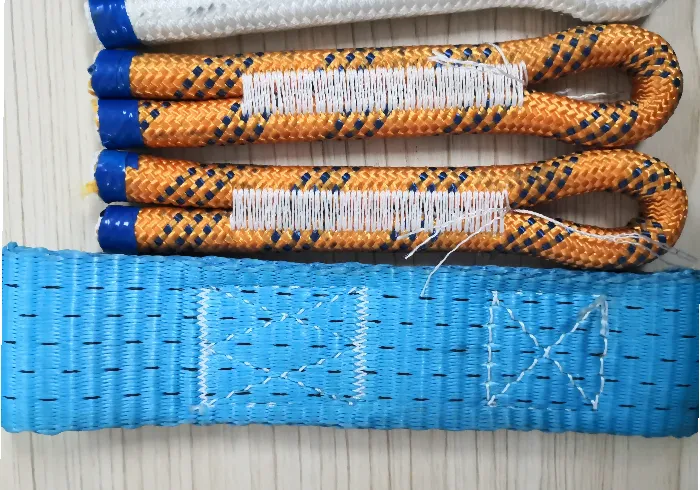Exploring the Features and Benefits of One Needle Sewing Machines for Efficient Stitching Solutions
The Evolution of the One Needle Sewing Machine
Sewing machines have undergone tremendous advancements since their inception in the 19th century. Among the various types of sewing machines, the one needle sewing machine stands out as a quintessential tool for both amateur and professional seamstresses. This article explores the significance, functionality, and evolution of the one needle sewing machine, and its lasting impact on the world of textile manufacturing and fashion design.
The one needle sewing machine operates on a straightforward principle it utilizes a single needle—hence the name—to stitch fabric layers together. This basic design has made it highly adaptable, allowing it to perform a range of sewing tasks, from simple straight stitches to more complex decorative stitches. The machine generally includes several components a needle, thread tension, a feed mechanism, and a presser foot that keeps the material in place while the needle pierces through.
Historically, the invention of the sewing machine was a pivotal moment in the textile industry. The first practical sewing machine, designed by Elias Howe in 1846, laid the groundwork for future innovations. Howe’s machine used a single needle that created a lock stitch, effectively improving efficiency in garment production. This invention not only enhanced productivity but also democratized clothing availability, allowing for mass-produced garments to be accessible to the average consumer.
one needle sewing machine

As technology progressed, so did the design of the one needle sewing machine. By the late 19th and early 20th centuries, manufacturers began to introduce more sophisticated models, incorporating features like automatic needle threading, adjustable stitch lengths, and even multiple stitch patterns. This evolution made sewing machines more user-friendly, surprising many who had previously relied on hand sewing. With these advancements, the one needle sewing machine gained popularity among hobbyists and professionals alike.
The rise of the one needle sewing machine coincided with the demand for fast fashion in the late 20th century. Fashion designers and apparel manufacturers sought efficient tools to keep up with the rapid cycles of trend changes. The one needle sewing machine, with its versatility and reliability, became a staple in factories around the world. It allowed companies to produce clothing at unprecedented speeds, marking a significant shift in how the fashion industry operated. As consumers began to prioritize low-cost, stylish clothing, the one needle sewing machine played a crucial role in enabling manufacturers to meet those demands.
In recent years, the one needle sewing machine has continued to evolve. Modern machines feature advanced technology such as computerized systems that allow users to easily select stitches and patterns. Some models even come equipped with embroidery functions, enabling users to add intricate designs to their garments. Additionally, sustainability has become a focal point in the fashion industry. Many manufacturers are now producing more environmentally-friendly sewing machines, often promoting longevity and repairability over disposability. This shift is an essential step towards a more sustainable future in fashion, reflecting a growing consumer awareness regarding the environmental impact of fast fashion.
In conclusion, the one needle sewing machine is more than just a tool for stitching fabric; it symbolizes the evolution of the textile industry and the changing dynamics of fashion production. From its humble beginnings in the 19th century to its current forms equipped with state-of-the-art technology, the one needle sewing machine has continually adapted to the needs of society. As we look to the future, it will undoubtedly remain a vital instrument in both the realms of fashion and textile artistry, while also embracing the principles of sustainability and innovation.
-
Boost Production Efficiency with a Pattern Sewing MachineNewsAug.29,2025
-
Industrial Excellence with the Best Heavy Duty Sewing MachineNewsAug.29,2025
-
Precision and Power with the Best Pattern Sewing MachineNewsAug.29,2025
-
Reliable Bulk Packaging Starts With the Right FIBC Sewing MachineNewsAug.29,2025
-
Advanced Packaging Solutions: Elevate Productivity with Jumbo Bag Sewing Machine and Industrial Stitching EquipmentNewsAug.29,2025
-
High-Performance Solutions for Bulk Packaging: FIBC Sewing Machine and MoreNewsAug.29,2025
-
Maximize Efficiency with an Industrial Cylinder Arm Sewing MachineNewsAug.28,2025


























